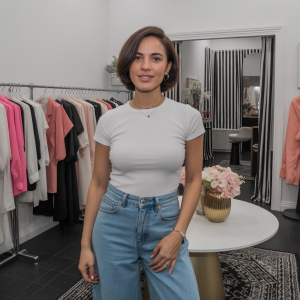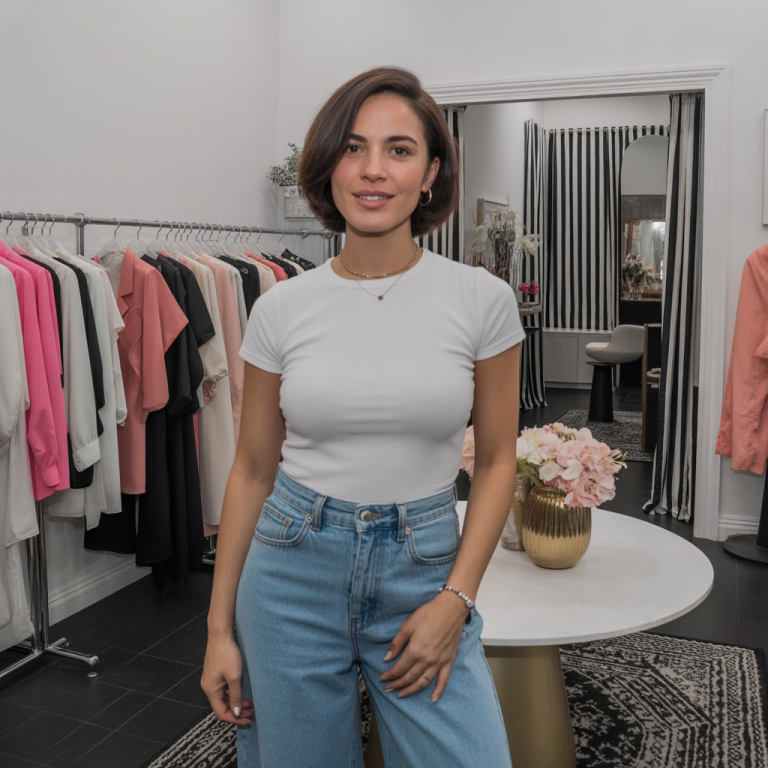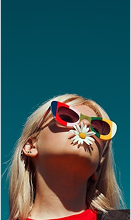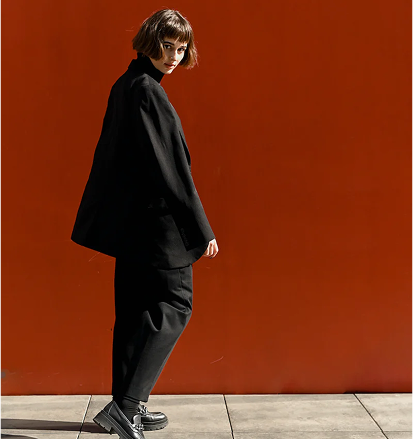Some outfits seem to come alive the moment you put them on, making your skin glow and your confidence rise effortlessly.
That effect is not about designer labels or chasing fashion trends; it is about choosing colors that naturally suit you. The right shades can change your appearance, bringing balance and warmth to every look.
By observing the mix of tones in your skin, eyes, and hair, you can find colors that look balanced and true to you.
With a bit of awareness, you will understand why some hues feel instantly right and others never quite work. Once you find your true colors, every outfit feels easy and genuinely yours.
Want to Know Right Now? Try This Color Analysis
A quick color analysis quiz is an easy way to find shades that naturally look best on an individual. The quiz includes simple questions about undertone, eye color, hair color, and contrast level to create a clear picture of natural tones.
After completion, the result may read Warm with Medium Contrast, fitting the Warm Autumn palette featuring olive, terracotta, warm teal, and cream.
This short exercise highlights how certain shades align with natural features and complexion. It also helps simplify clothing selection by showing which colors bring harmony and balance to different combinations, making everyday dressing smoother and more consistent.
Take the Quiz: What Colors Suit You Best?

Answer these questions and count your letters (A, B, C) for your result.
1. What Color do Your Wrist Veins Look in Daylight?
A. Green
B. Blue or purple
C. Hard to tell / equal mix
2. Which Jewelry Looks Best on You?
A. Gold
B. Silver
C. Both look good
3. Which White Suits You More?
A. Cream or ivory
B. Pure white
C. Both are fine
4. What’s Your Natural Hair Color?
A. Warm brown, golden blonde, auburn, or copper
B. Ash brown, black, platinum, or cool blonde
C. Somewhere in between
5. What Color are Your Eyes?
A. Warm brown, hazel, or golden green
B. Cool blue, gray, or dark brown
C. A mix or variable depending on the light
6. How does Your Skin React to The Sun?
A. Tans easily, rarely burns
B. Burns easily, rarely tans
C. Sometimes burns, sometimes tans
7. How would You Describe Your Overall Contrast (Hair, Eyes, Skin)?
A. High contrast (strong difference between features)
B. Low contrast (soft, blended tones)
C. Medium contrast (balanced look)
8. Which Description Best Fits Your Ideal Color Plan?
A. Earthy, warm, and sunlit tones
B. Cool, crisp, and jewel-toned shades
C. Soft, muted, and balanced neutrals
Quiz Results: Your Best Color Match
Count up your A’s, B’s, and C’s from the quiz above. Your highest letter count shows which color family suits you best.
| RESULT | YOUR COLOR FAMILY | BEST SHADES TO TRY |
|---|---|---|
| Mostly A’s | Warm Tones | Olive, terracotta, coral, mustard, peach, warm teal, cream, camel |
| Mostly B’s | Cool Tones | Sapphire, emerald, plum, rose, magenta, navy, icy pink, charcoal |
| Mostly C’s | Neutral & Balanced Tones | Soft teal, dusty rose, taupe, moss green, greige, ivory, muted coral |
Note: If you got a tie between two letters, you can try colors from both families to see what you prefer.
How to Figure Out What Colors Look Good on Me
Learning which shades fit someone best begins with a few easy checks that can be done at home. These simple steps focus on how colors interact with natural features to reveal what feels balanced and natural.
1. Vein and Fabric Test

Check the veins on the wrist in clear daylight. Blue or purple tones suggest a cool base, while green hints at a warm one, and a mix points to neutral coloring.
Hold both a pure white and a cream fabric close to the face to see which gives a healthier and more balanced look. The shade that feels right indicates the undertone that works best.
Pro Tip: Always test near a window during daylight and avoid indoor lighting for the most accurate result.
2. Face Framing with Scarves
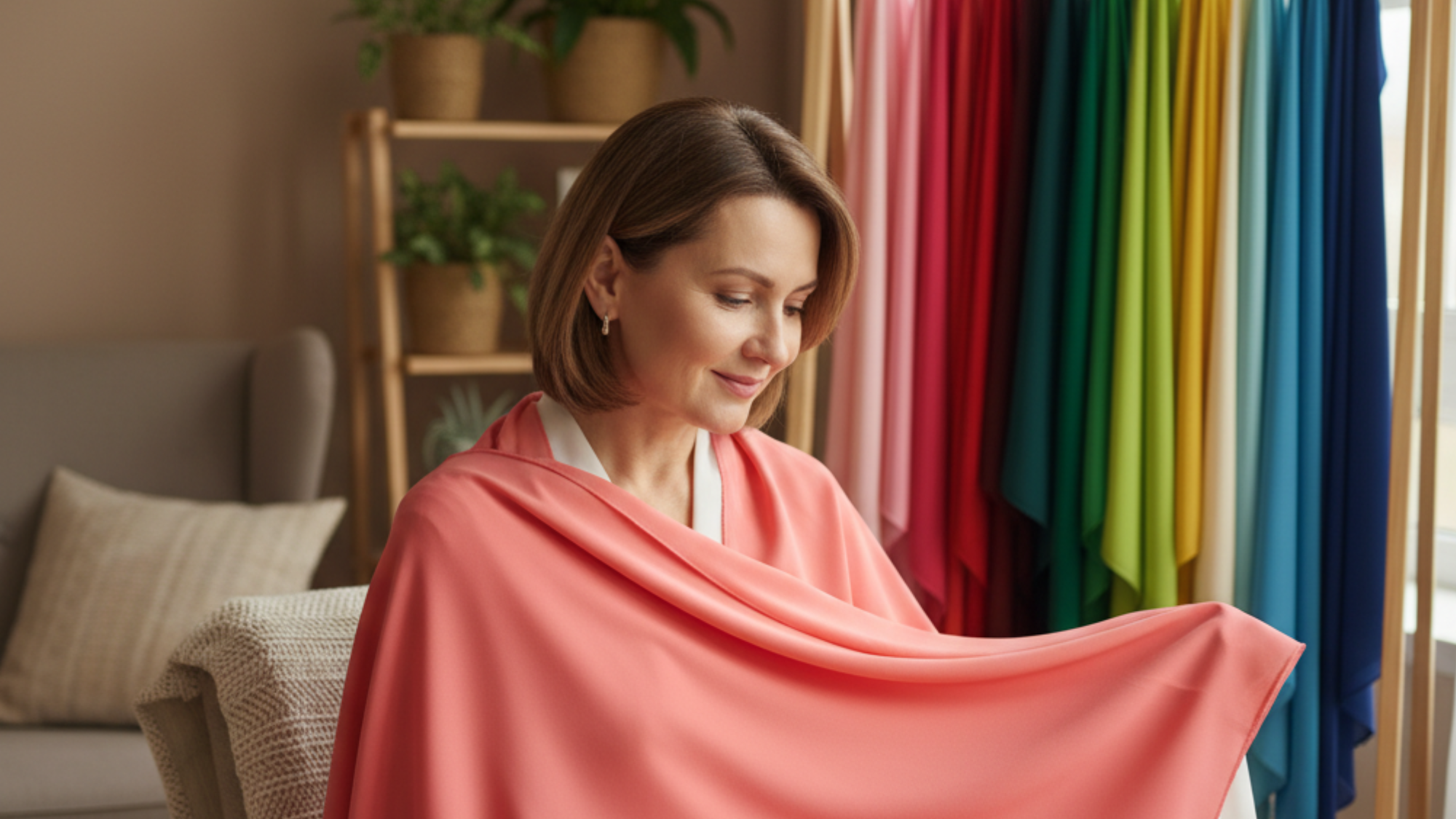
Place fabrics of different colors near the face while standing in soft daylight. Notice which tones make the skin appear even and the eyes brighter without effort.
Try both light and dark shades to see which seems to blend naturally with the complexion. Those that sit easily against the skin create the most balanced effect.
Pro Tip: Keep makeup minimal during this test so the natural tones show clearly.
3. Color Check Through Photos

Take clear photos while wearing tops in several shades, using daylight for consistency. Compare them side by side to see which tones bring a fresh, balanced look to facial features.
Avoid filters or bright lights to keep results true to life. The image that looks calm and natural often points to the right color group.
Pro Tip: Use the same lighting and background for every photo so color differences stand out clearly.
4. Contrast Test
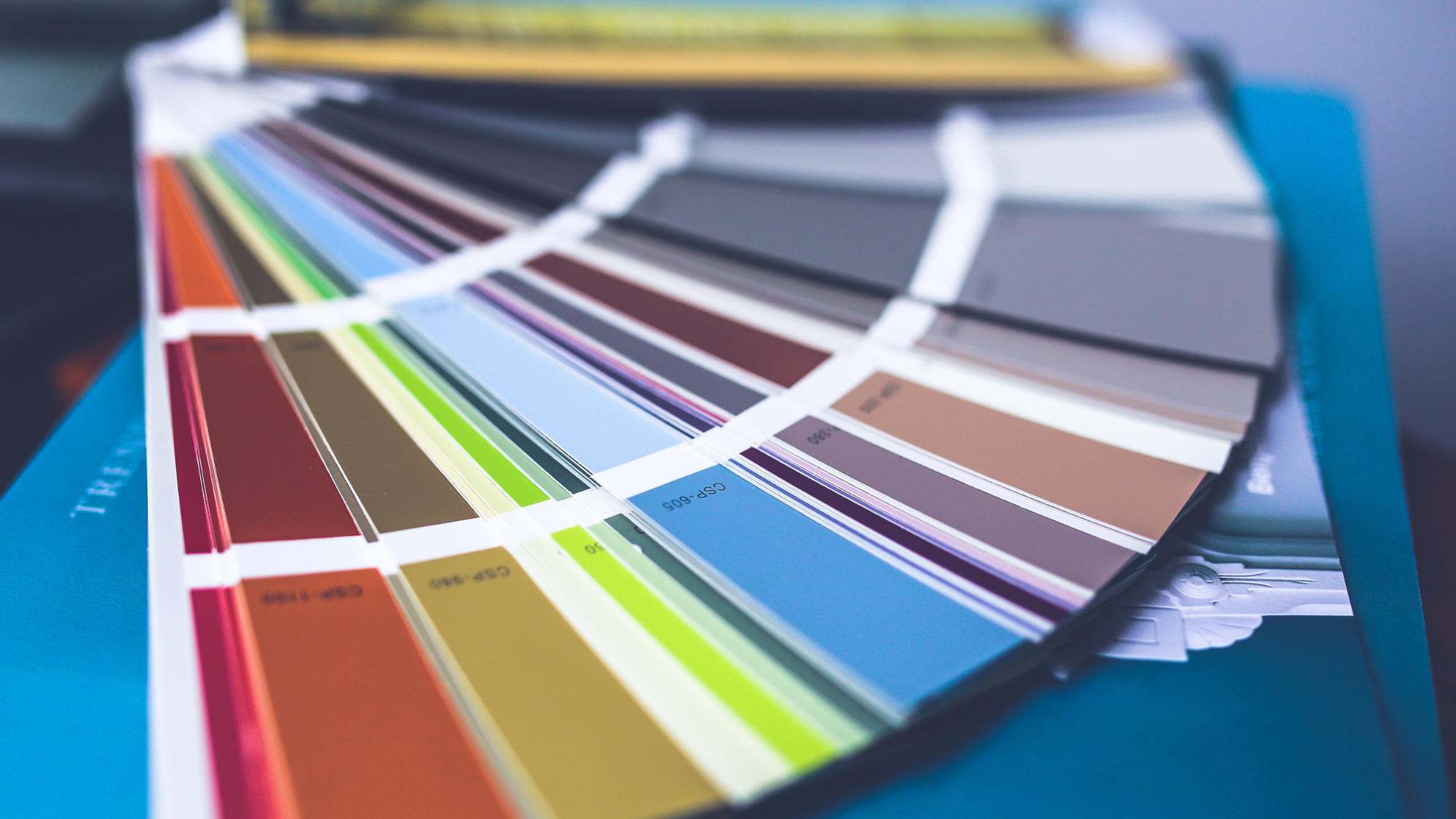
Observe how the depth of hair, eye, and skin tones compare. Strong differences suggest high contrast, while smaller ones show low contrast.
High contrast pairs well with vivid shades, while soft contrast works better with gentle tones that keep the look smooth and unified.
Pro Tip: Turn a photo into black and white to notice contrast levels more easily before judging the color match.
Best Colors by Undertone and Contrast

Undertone and contrast help decide which shades look most natural on a person. Warm tones pair with earthy colors, cool tones suit clear ones, and neutral tones can draw from both.
1. Warm Undertones
Warm undertones pair nicely with colors that reflect sunlight and depth. Good options include olive, terracotta, mustard, coral, peach, warm teal, and tomato red. These tones bring warmth without making the skin seem flat.
For neutrals, choose cream, camel, beige, warm brown, and off white. Avoid icy or gray tones since they can dull the skin’s natural tone.
2. Cool Undertones
Cool undertones look pleasant in colors that remind one of clear water or soft sky shades. Try sapphire, emerald, plum, rose, magenta, navy, and icy pink. These give a clean balanced feel to the skin.
For neutrals, pick charcoal, true white, navy, and cool gray. Stay away from strong yellow or orange tones as they may look harsh.
3. Neutral Undertones
Neutral undertones can wear a wide mix of shades with comfort. Balanced colors such as soft teal, dusty rose, moss green, muted coral, burgundy, and peacock blue work nicely.
For neutrals, select taupe, sand, greige, ivory, and light mocha. Strong black or bright white may feel heavy, so a milder contrast often looks better.
4. Adjusting for Contrast
Contrast is the difference in depth between hair, skin, and eye tones. High contrast matches well with clear and deep colors that stand out clearly. Low contrast works better with soft and blended shades that keep the overall look smooth.
Balancing contrast helps outfits look steady and natural. Paying attention to this link prevents colors from appearing either too strong or too faint.
Season Color Palette Overview
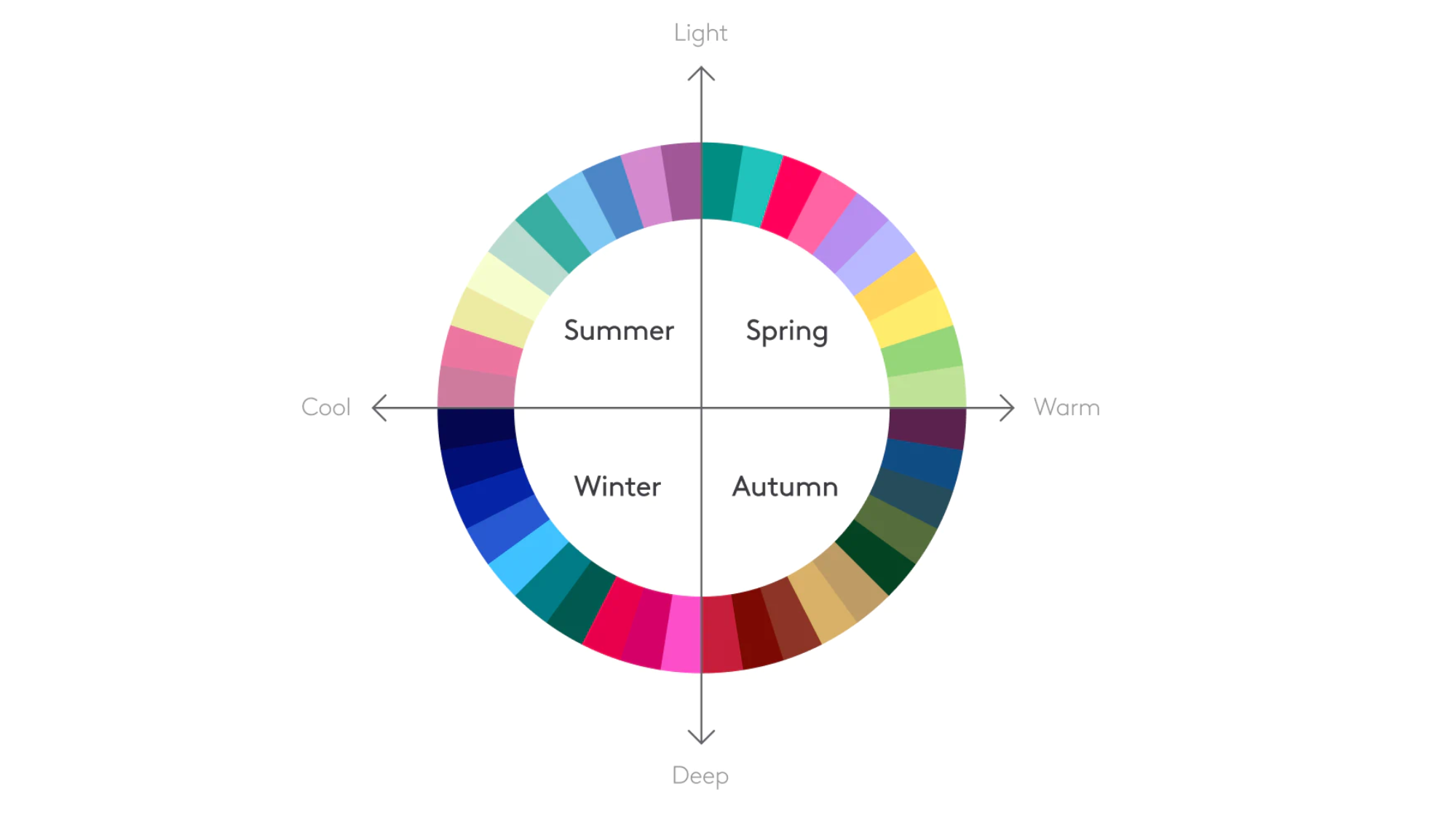
Seasonal color ideas group natural coloring into four main types, which are Spring, Summer, Autumn, and Winter, each with three smaller parts. This makes it easier to arrange color picks by warmth, lightness, and depth.
- Spring: Bright and warm tones such as peach, coral, aqua, butter, yellow, light turquoise, and golden brown. Neutrals include ivory and light camel. Avoid very dark or heavy colors.
- Summer: Cool and gentle tones like rose, lavender, slate blue, dusty navy, soft gray, and powder pink. Neutrals include cool beige and light gray. Avoid orange or strong black.
- Autumn: Rich warm tones such as rust, mustard, forest green, burnt orange, and olive. Neutrals include camel cream and chocolate brown. Avoid icy or pale colors.
- Winter: Cool deep colors like cobalt, emerald, fuchsia, charcoal, and pure white. Neutrals include black and icy gray. Avoid muted or warm shades.
Pro Tip: Keep a small color card or digital note with preferred shades when shopping to stay close to what suits your natural coloring.
How to Put Your Color Palette Into Practice
Creating outfits begins with a balance between light and dark tones or soft and strong shades. Layering adds depth while keeping one main color, one neutral, and one accent, making the look clear and steady.
Warm tones work nicely with cream, olive, and tan, while cool tones fit with navy gray and white. Neutral tones pair well with taupe rose and sand.
Reliable base colors such as charcoal, camel, and cream suit most outfits. Add smaller touches of color through scarves, jewelry, or makeup in similar tones.
When natural coloring changes from sun or hair shade, small adjustments help keep the mix looking even and smooth.
Best Free and Paid Color Analysis Tools
Finding your most flattering colors is now simple with online tools that check your tones in just a few minutes. These platforms make it easy to see which shades suit you best before choosing outfits or makeup.
| TOOL | HOW IT WORKS | TIP FOR BEST RESULTS |
|---|---|---|
| Colorwise.me | Upload a photo or answer quick questions to find your undertone and matching palette. | Use daylight and avoid filters. |
| Perfect Corp (YouCam) | Uses smart scanning to suggest clothing and makeup shades. | Face the camera in soft natural light. |
| OpenWardrobe.co | Links your color results to outfit ideas and wardrobe plans. | Use clear photos with a plain background. |
| MyColorAnalysis.ai | A short quiz that shows your undertone and ideal shades. | Answer honestly and skip makeup for better accuracy. |
Tip: Always take photos in daylight with a simple background for the clearest color match.
Conclusion
The colors you wear can quietly change how you feel and how others notice you. When your clothes match the tones of your skin, eyes, and hair, every outfit comes together with ease.
You stop guessing because the balance becomes clear. Choosing colors that suit your own look adds comfort and confidence without effort.
Each item in your wardrobe starts to feel like it’s connected to you rather than copied from passing trends. As you learn more about your natural tones, it becomes simpler to choose clothes that look right each time.
Try the quick color quiz today and find the shades that bring out your natural look whenever you get dressed.

